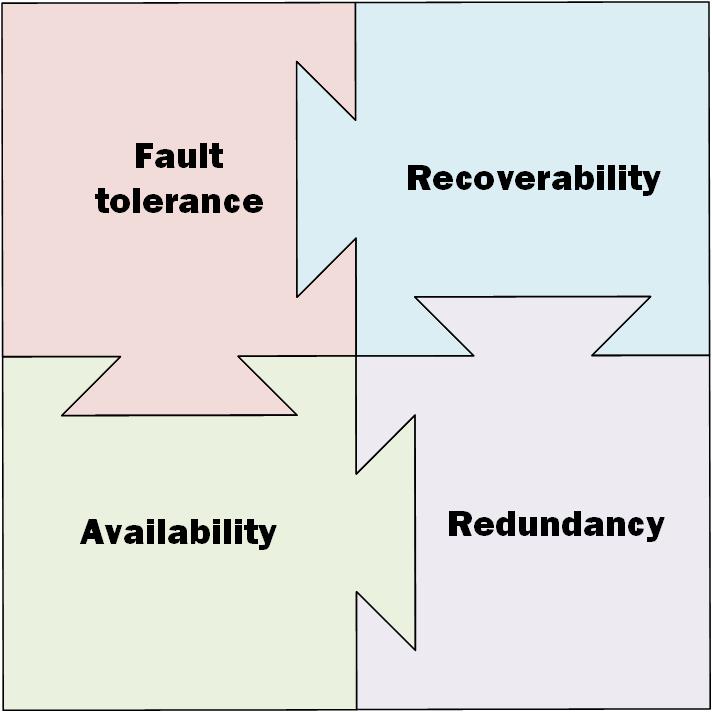“In these strange times…”
“In these interesting times…”
“In these very different times…”
“As we come to grips with the new normal…”
Approximately Every 2020 email.
I’m betting a fair proportion of people have received an email that leads in with a sentence similar to one or more of the above. I know I have – and probably from just about every company I’ve ever dealt with, including that place I tried to buy a funny $2 laptop sticker from 8 years where it never arrived but I somehow stayed on their email list. They’re all reaching out with those kinds of messages, and it all makes sense – everyone is having to adapt. As my husband says: everyone has to learn a new hustle.
I’m adapting, too. My husband and I both fall into higher risk categories should we be introduced to Rona, and are taking the isolation business pretty seriously. That means my normal way of getting headspace (us jumping in the car and going for a drive) isn’t an option. So here I am on a Sunday morning, sitting on my roof.

Trust me, I’m not that much of an outdoorsy person, so if current me had popped back to January 2020 to explain how by April I’d be hanging out for sunny days where I could get onto my roof, I’d assume I was soon to be going mad.
But I digress.
There are certainly lessons that businesses are getting out of this situation: many organisations that previously insisted their staff could only possibly work in an office are discovering that they were quite incorrect. (Anecdotally, a lot of people seem to be discovering their managers subscribe to some form of metaphysical solipsism, since they keep having their frantically busy days interrupted by emails that start with “Since you all have more spare time available…” Perhaps the belief that work stopped when managers weren’t watching it being performed was the real friction that prevented work-from-home for many businesses.)
Another lesson that’s come out — at least for some, is the old chestnut: disaster recovery is not business continuity.

It’s undoubtedly the case that a good business continuity model will refer to disaster recovery. But not all disasters require recovery, and that’s where the rest of business continuity comes in.
Take the FARR model. This is something I proposed a while ago, and I’m expanding on in an upcoming book — if you’re going to be a data protection architect, you need to think of data protection from four essential quadrants:
- Fault tolerance: Designing for individual component failure.
- Availability: Designing for access.
- Redundancy: Designing for systems failure.
- Recovery: Designing to get the data back.
For many IT departments, disaster recovery planning focuses on the recovery quadrant: if the datacentre burns down, how do we get the business back up and running? It is a good question, and if you run an IT department, you really should know the answer. But the systems put in place to answer that only cover a quarter of the potential issues you should be designing for.
Businesses pivoting to a work-from-home process are facing business continuity challenges that aren’t related to loss of data, but loss of access to data and systems. I’d wager that for the average business, VPN access for instance, is traditionally reserved for somewhere between 5 and 20% of the workforce. When suddenly 95% or more of the business needs VPN access, that’s a proverbial firehose to a teacup problem.
And it’s not just been a network bandwidth issue, of course. At a minimum, it also covers:
- VPN licensing (while there’s free VPN software out there, a lot of VPN software is commercial and requires licensing)
- End-point security (sure, you’re working over the VPN, but from what?)
- End-point access
It’s a little ironic in 2020, when you expect we’re at tech saturation, to hear stories from friends and relatives about one of their bigger challenges being whether or not staff sent to work from home even have a computer at home. As smartphones and tablets have become increasingly functional, they’ve allowed many people to avoid bothering with a traditional laptop or desktop in their home.
A lot of business plans for 2020 are being thrown out the window, with new focuses. End user compute, network bandwidth, VDI and Desktop-as-a-Service are suddenly getting way more attention than anyone would have predicted.
And we’re all getting a valuable reminder that disaster recovery is not business continuity.